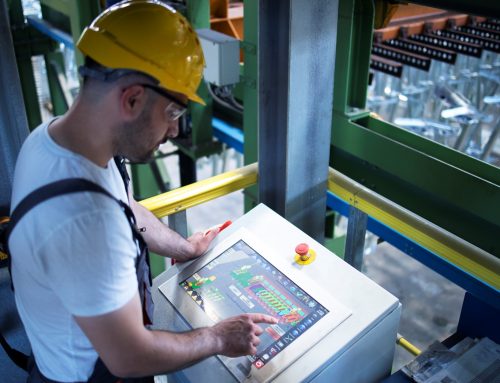Learn all about preventive maintenance plans: characteristics, steps, and benefits for asset management and cost reduction. Read now!
Asset management is crucial for the success of a company. In this context, an efficient preventive maintenance plan is a crucial strategy to ensure the reliability and availability of equipment, as well as reduce costs associated with repairs and unplanned downtime.
But do you still have doubts about what a preventive maintenance plan is and how it can positively impact your asset management processes? That’s what we’ll be discussing in this text. Follow along!
What is a preventive maintenance plan and why is it important?
A preventive maintenance plan is a set of scheduled actions aimed at preventing equipment or system failures, increasing asset availability and reliability, and reducing maintenance costs.
This document records all preventive maintenance activities that must be performed on the company’s equipment, vehicles, and machinery. Typically, it includes the following items:
- A list of parts;
- Standard operating procedures;
- Safety/lockout procedures;
- Estimated time for completion;
- A schedule of activities;
- A maintenance checklist.
What are the benefits of a preventive maintenance plan for asset management and cost reduction?
All of the benefits strongly justify the development of this document. Consider some of these gains:
- Reduction in corrective maintenance costs: fixing costs more than preventing. After all, repairs involve replacing damaged parts and unplanned equipment downtime;
- Prolongation of asset life: preventive maintenance prevents premature wear and tear of parts and components, enhancing their durability;
- Reduction in accident risks: the equipment remains in safe operating conditions.
What are the characteristics and steps of a preventive maintenance plan?
We can highlight four main characteristics of preventive maintenance plans:
- Standardization, i.e., the definition of a standard procedure for carrying out maintenance activities. This ensures that tasks are performed consistently, avoiding errors and omissions;
- Definition of a maintenance schedule, allowing activities to be planned and executed at the appropriate time, avoiding unexpected interruptions in production or services;
- Monitoring by performance indicators (KPIs) to evaluate maintenance efficiency and effectiveness;
- Composed of a series of documents that record all preventive maintenance activities.
To create a preventive maintenance plan, you need to follow several steps. In summary, they include:
- Identification of the assets to be monitored;
- Definition of maintenance activities to be performed on each type of equipment or installation;
- Development of a schedule;
- Execution of scheduled activities;
- Recording of results.
Additionally, it is essential that the plan is regularly evaluated and updated to ensure its effectiveness and adequacy to the company’s needs.
You can see how the implementation of a preventive maintenance plan is an indispensable strategy for the operation of equipment and systems. By following the planning stages, you ensure greater asset availability, prolonged life, lower maintenance costs, and an improvement in safety and operational quality.
To assist you in the development and execution of this plan, count on Manusis4. Request a demonstration and try it out now!






Leave A Comment